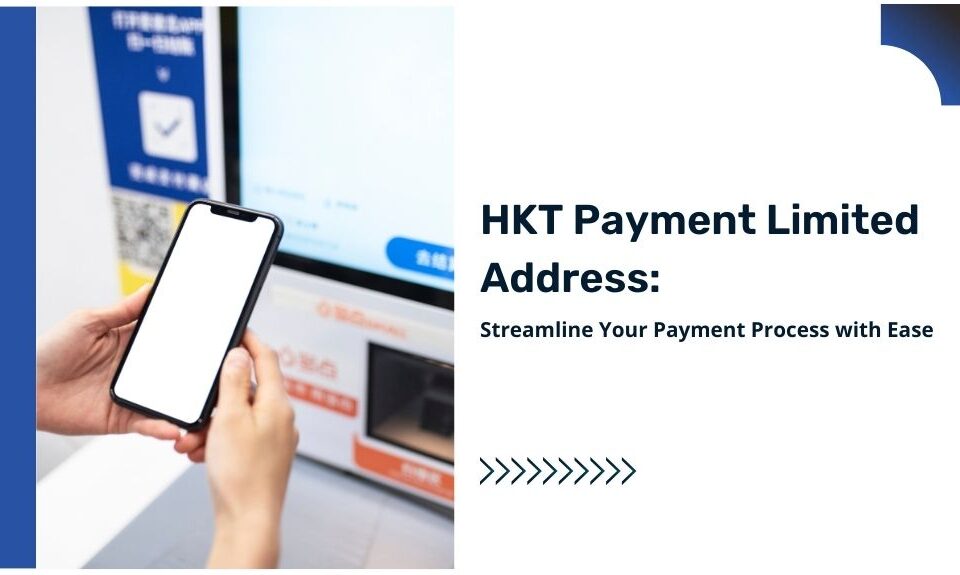How do Large Merchants Affect the Value of My ISO or Merchant Portfolio?
What Fees Add to the Value of My Merchant Services Portfolio?
June 2, 2022How do Agent Relationships Affect the Value of My Merchant Portfolio?
June 24, 2022When you want to expand your merchant portfolio, you should evaluate all factors that could affect your portfolio valuation. One such factor that many fail to account for properly is merchant size. Contrary to popular belief, large merchants can affect your portfolio’s value.
To understand why that’s the case, you need to evaluate the impact of a large merchant in terms of risk to your revenue.
In this article, you’ll learn how large merchants affect portfolio valuation, why they can be bad for them, and how to address that problem.
Large Merchants and their Effect on ISO Value
In the acquisition and value of merchant processing portfolios, the large merchant is perpetually a semi-controversial topic of discussion. Whether their nature is a single store or multiple locations, it frequently poses a challenge to both buyers and sellers in terms of how to address the risk associated with that large merchant and, by extension, how that risk affects the valuation of that large merchant and the merchant portfolio as a whole.
The essence of the problem with massive retailers is the danger they present to a buyer. Take a look at the following scenarios for merchant portfolios:
Portfolio A) $10,000 per month in residuals, one hundred merchants, with each merchant contributing one percent to the total residuals
Portfolio B) $10,000 per month in residuals, 100 merchants, with one merchant providing 50% of the total residual (a large merchant) and the other 99 merchants contributing the remaining 50% of the whole residual.
While these examples are extreme, they illustrate the issue with large merchants. If you are a buyer, Portfolio A should be a far more attractive investment to you, not only mathematically but also intuitively. The risk of lost revenues as a result of lost merchant accounts is evenly dispersed across the whole merchant base, and the loss of a single merchant would not significantly impact the residual’s future cash flows. In contrast, the acquisition of Portfolio B would (and should) cause you concern. If you were to lose that one significant merchant, fifty percent of the revenue you purchased would vanish. Portfolio B is significantly more hazardous than Portfolio A, so Portfolio B is valued lower. Remember: greater risk equals a lower valuation.
The first step in establishing and preserving a merchant portfolio’s value is awareness of its numerous internal characteristics and how to reduce risk. However, the lesson for portfolio owners, including agents and ISOs, is not to avoid major merchants or several shop locations. The takeaway should be that when constructing your portfolio asset, you should be cautious of these huge merchants and how they will impact the total valuation of your portfolio asset when you eventually place it on the market.
Large Merchant Valuation from the Perspective of Sellers and Buyers
Evaluating large merchants has always been one of the most challenging components of a merchant portfolio. From the seller’s perspective, a single significant merchant might be considered a boon to the total valuation and sale price.
Many sellers are adamant that their significant merchants deserve prominent placement in their portfolios. In addition, they believe that prospective buyers of their portfolio or ISO wouldn’t see these sellers differently.
However, as was previously established, this is a wrong assumption.
In selling a merchant processing ISO or portfolio, a major merchant making a substantial amount of money is worth less than a smaller merchant generating a smaller amount of income.
In an ISO or portfolio sale, a larger merchant is valued less than a smaller merchant because of the risk involved for the buyer.
In the case of portfolio and ISO sales, a buyer’s willingness to pay is determined by two fundamental calculations: the computation of the asset’s or enterprise’s future cash flows and the risk (reliability) of those future cash flows.
This is better seen with examples that help illustrate this risk. Here is a more specific scenario involving a potential portfolio acquisition with a large merchant account:
The Hypothetical Portfolio
- Comprises 1,000 merchant accounts, the majority of which are generally small to medium-sized retail businesses with extremely low chargeback ratios.
- Produces $70,000 per month in residuals
- One merchant generates $10,000 per month in residual income (or 14.3 percent of the total residual)
Now, assume that the portfolio’s historical attrition rate on revenue is 12.5 percent per year and that future cash flows are also connected to an attrition rate of 12.5 percent per year.
The market multiple for a portfolio of merchant accounts with an annual revenue attrition rate of 12.5% is 24 times the monthly residual. Thus, the purchase price would be 24 x $70,000, or $1,680,000.
Main Takeaway
Therefore, calculating our future cash flows is simple. We simply apply a multiplier to the monthly residual based on a historical attrition rate of 12.5%. (in truth, the future cash flows need to be discounted to account for the time value of money, but for our purposes here, this simple calculation will suffice).
But ask yourself how stable, risky, and predictable these future cash flows are when 14.3% of them are tied to a single merchant. What would happen if this major merchant disappeared? It results in an irrecoverable financial loss.
Therefore, the same multiplier that is applied to the overall portfolio of smaller merchants cannot be applied to the large merchant, meaning that the large merchant a) receives a lower valuation than the other merchants in the portfolio and b) can drag down the valuation of the entire book of business.
Mitigating the Risk
When a significant portion of a company’s revenue originates from a single customer, there is a “revenue concentration” problem. The risk associated with the loss of a large merchant devalues that merchant and, in many circumstances, the entire portfolio or ISO acquisition if the large merchant is not carved out of the deal. Certainly, there are always ways to mitigate the risk posed by large merchants, but a knowledgeable seller should always be aware, before selling a portfolio or ISO, that a large merchant or group of large merchants can be troublesome. Notably, this problem with large merchants is not unique to the merchant acquiring business. It is a challenge faced by M&A specialists in every industry and with every type of firm.
Therefore, as a seller, you must be aware of a revenue concentration issue before beginning the sales process to consider solutions before entering the market. And, as an operator of a going concern, you must discover strategies to balance out your business’s revenues to limit the possible negative associated with a sale.
You should seek greater equilibrium. If your portfolio resembles Portfolio B, you may wish to build it up before entering the market. You might postpone the sale until the number of merchant accounts increases by 100. This would allow you to reduce the percentage of revenue contribution from the major merchant (dilution) in relation to the overall residual.
Removing the huge merchant from any future portfolio sale is further exploring options. Using Portfolio B as an example, you could go to market with 99 merchant accounts generating $5,000 per month while keeping the huge account for yourself. Instead of accepting a reduced valuation (multiplier) on the entire portfolio, you remove the large account from the transaction, accept a higher multiplier on the remaining 99 merchants, and retain the single large account. You benefit by removing some cash from the table AND maintaining a constant monthly cash flow. Plus, you only have one customer to service.
Conclusion
If you have a large merchant in your portfolio, consider increasing the number of accounts you have to dilute the risk or remove that merchant from a portfolio sale.



